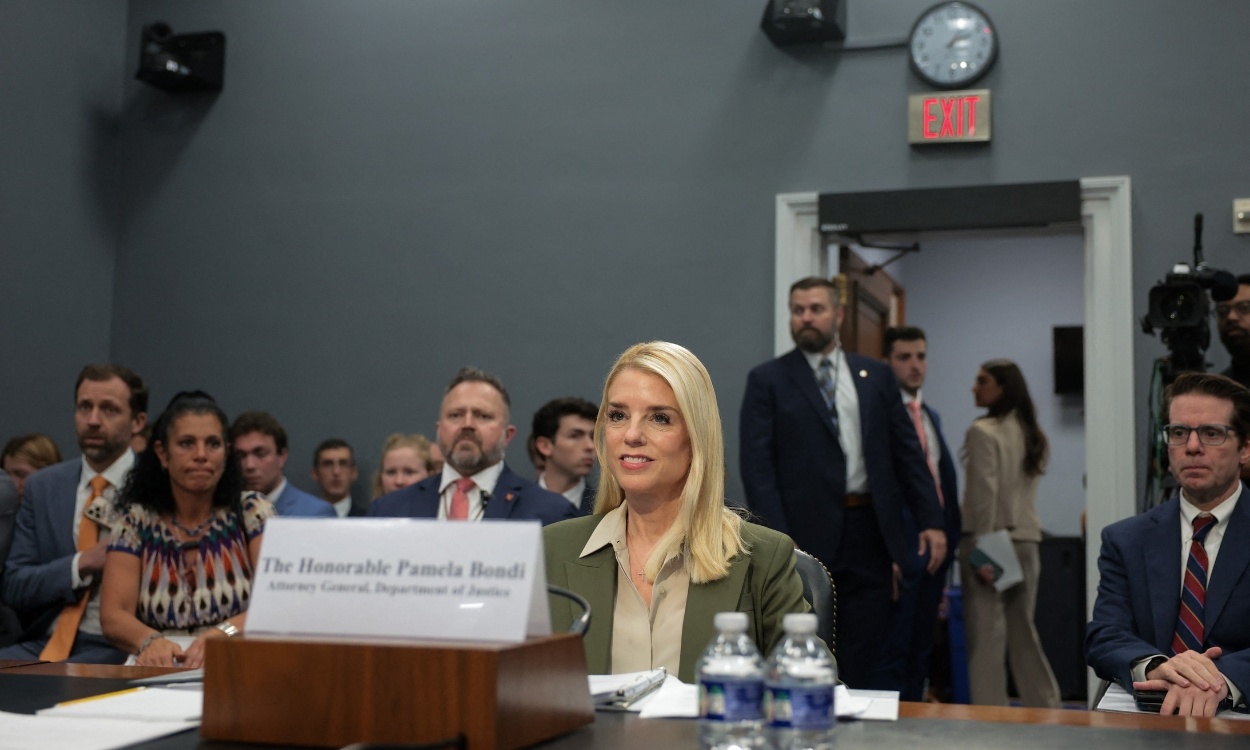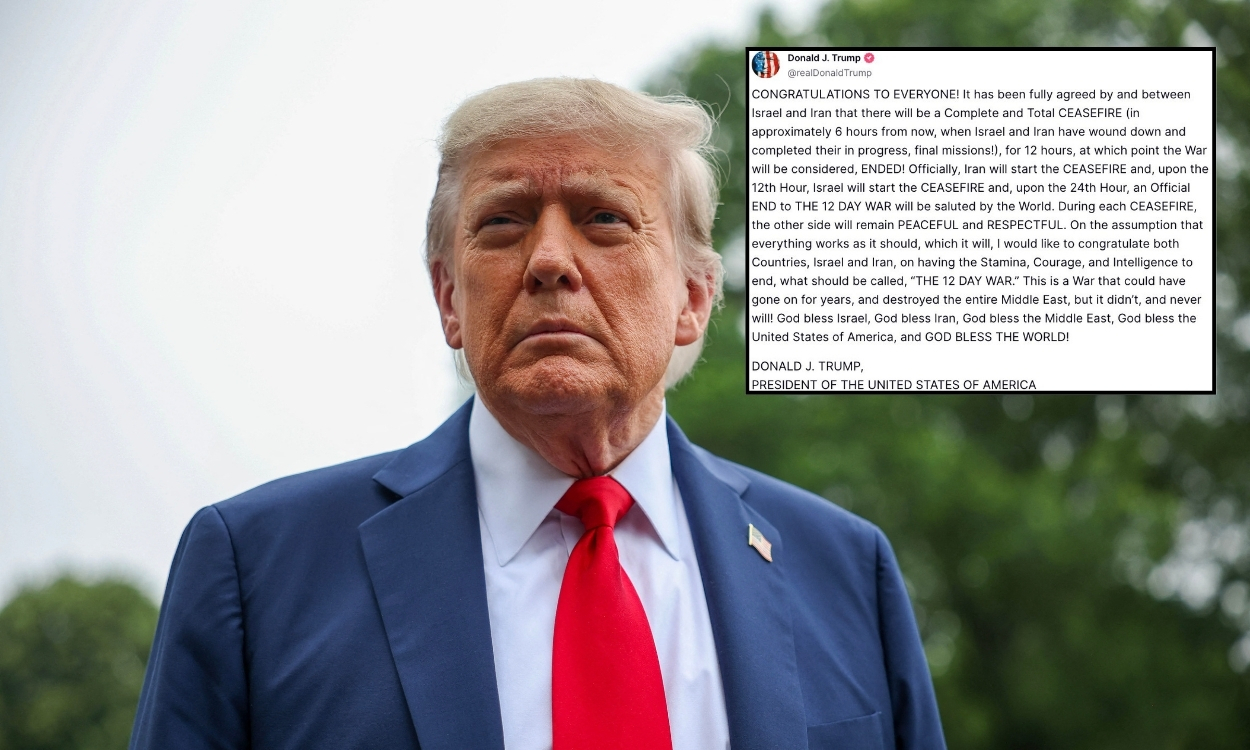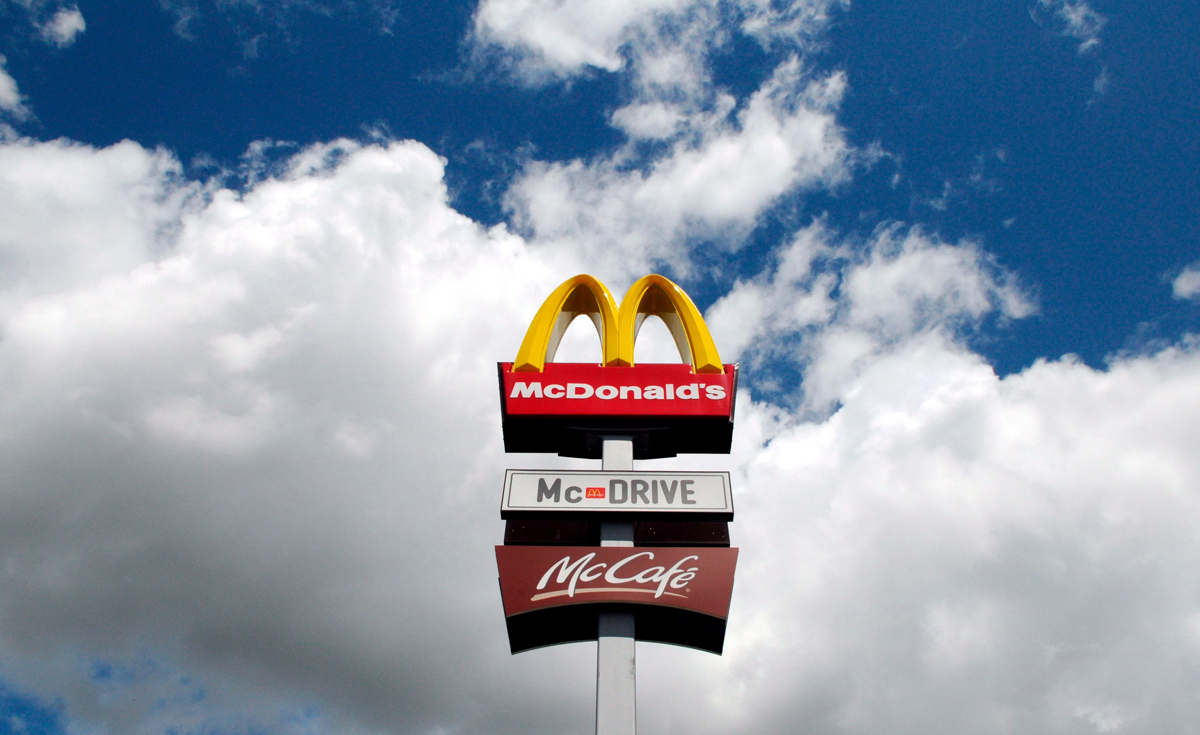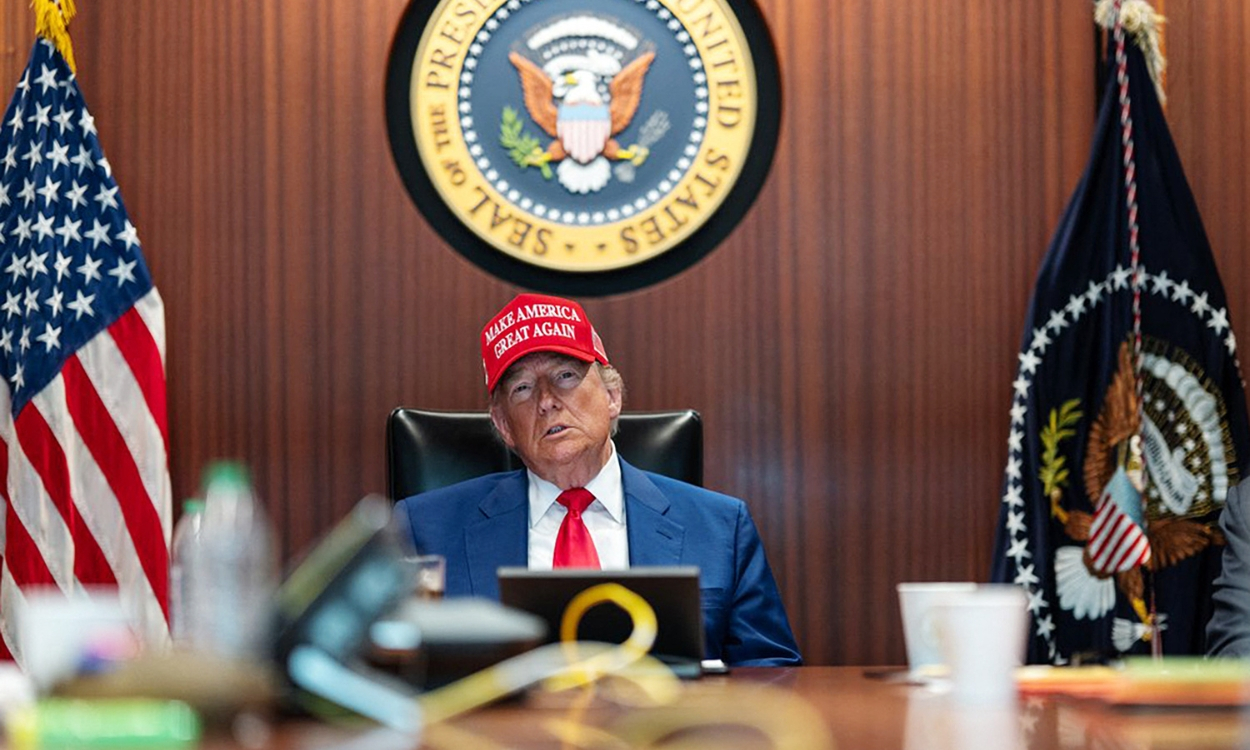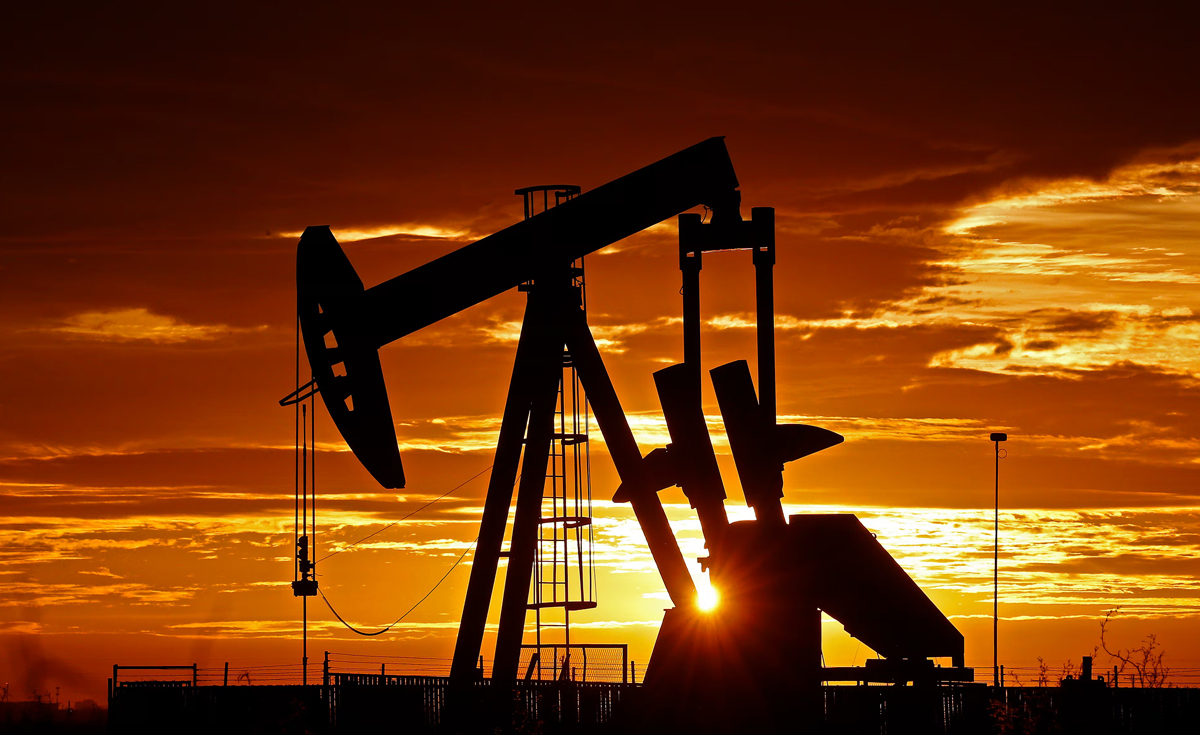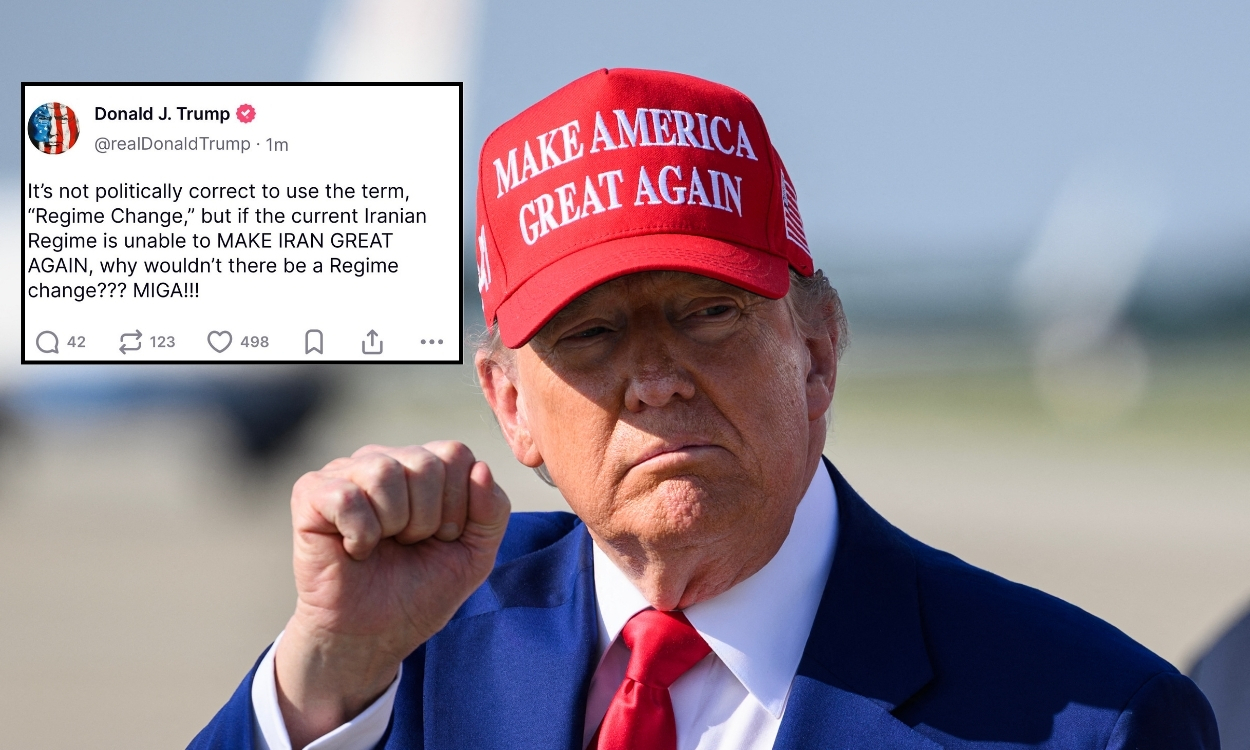Trump blocks minimum wage increase, leaving thousands of U.S. workers at risk
As the federal government stalls on raising the minimum wage, states like California and New York are stepping up—fueling a growing movement for fair pay that could redefine the American workforce.
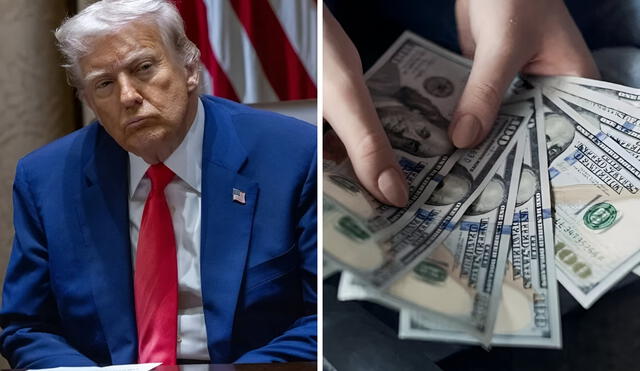
U. S. President Donald Trump decided to eliminate the federal minimum wage increase, keeping it at $7.25 per hour. This measure affects millions of workers in the United States who had hoped for an increase in their income. Labor organizations have expressed concern about the impact on employees' quality of life. Furthermore, there are fears that this decision will exacerbate economic inequality in the country. The debate over the minimum wage continues to be a central issue in American politics.
Labor advocates and vulnerable industries push back as minimum wage freeze deepens economic strain
Unions and labor rights advocates have condemned the elimination of the wage increase. They argue that the cost of living has increased significantly, making the current wage insufficient. They propose raising the minimum wage to $15 per hour to guarantee a decent living for workers. These organizations are organizing protests and campaigns to push for legislative changes. The movement seeks to raise public awareness and raise awareness among lawmakers about the need for a wage adjustment.
Sectors such as hospitality, retail, and agriculture rely heavily on the minimum wage. Trump's decision directly affects employees in these sectors, many of whom receive tips as a supplement to their wages. The lack of a wage increase could lead to higher staff turnover and financial hardship for workers. Small businesses could also face challenges attracting and retaining employees. This situation is expected to spark a debate about the sustainability of low-wage business models.
State-led wage hikes highlight national divide as federal minimum remains stagnant
Some states have taken the initiative to raise their own minimum wages in response to the lack of federal action. California, New York, and Washington lead the way with wages above $15 per hour. These increases seek to mitigate wage disparities and improve workers' living conditions. However, the implementation of these changes varies by state legislation and faces political challenges. The lack of a federal standard creates an unequal system across the country.
The future of the minimum wage in the United States depends on the decisions of Congress and the presidential administration. Proposals to raise the minimum wage at the federal level continue to be discussed but face political opposition. Some lawmakers suggest alternatives such as tax credits for low-income workers. Meanwhile, workers and activists continue to push for reforms that ensure fair wages. The evolution of this issue will be key to determining economic equity in the country.

